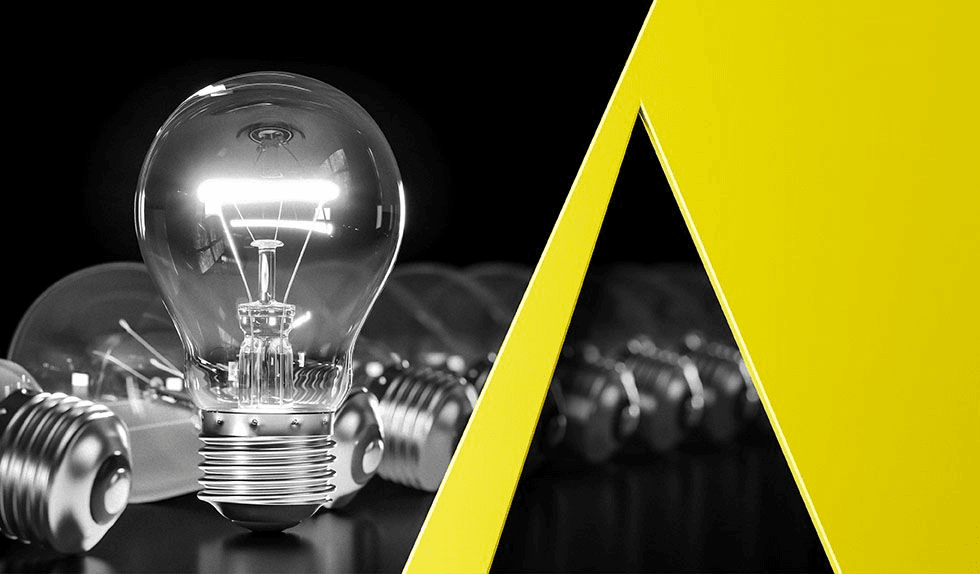The Federal Circuit held that a subcontractor’s receipt of retroactive payment from a government grant brought the subcontractor’s work under Bayh-Dole even though the work was performed before the contract was entered into. In so doing, the Federal Circuit determined that the government had a license to the patent at issue because the invention was actually reduced to practice by individuals who were later paid for the work under a subcontract of an NIH grant.
The relevant inventions related to transgenic mice that develop Alzheimer’s disease at an accelerated rate. The mice were first developed by four scientists at the University of South Florida (USF), one of whom submitted an application in 1995 for NIH funding to support the work. All four scientists were identified as people who were expected to contribute to work associated with the grant. Shortly after the project began, two of the scientists moved to the Mayo Clinic. And shortly after that, in September 1996, the NIH awarded the grant to Mayo. The mice, however, remained housed at USF. In April 1997, the two scientists remaining at USF informed the two scientists at the Mayo Clinic that they had successfully observed the development of Alzheimer’s pathology in mice, i.e., the inventions were actually reduced to practice in April 1997.
More than a year after the grant was awarded, Mayo and USF entered into a subcontract, which expressly stated that it was executed to comply with the NIH guidelines that require such contracts when grant-covered work occurs at a different institute. The effective date of the subcontract was September 1997. It was undisputed that the April 1997 work performed by USF was covered by the NIH grant, and that USF accepted grant funds from Mayo for the April 1997 work. Based on these facts, the Court of Federal Claims found Bayh-Dole applied to the USF patents because the mice were actually reduced to practice in the performance of work under a funding agreement.
On appeal, USF argued that Bayh-Dole did not apply because the subcontract was not in place at the time of the work and because there was no legally adequate implied agreement in place when the April 1997 work was performed.
The Federal Circuit rejected both arguments, holding that Bayh-Dole broadly defines “funding agreement” to include any subcontract of any type, which must be interpreted to include payment for work already performed before the subcontract is executed or its effective date. The court found this interpretation confirmed by USF’s own position that Mayo paid it retroactively with grant funds for the April 1997 work. The Federal Circuit also remarked that its conclusion was bolstered by the fact that it is not uncommon for subcontracts of this type to be executed after a federal grant is awarded, even though work under the grant begins beforehand. According to the Federal Circuit, this practice supports looking to the facts of the agreement and actual funding, as it did here.
Practice Tip: When evaluating the applicability of Bayh-Dole to intellectual property, parties should look at the factual circumstances around conception, reduction to practice and how the funding was treated by those involved, as this decision makes clear that the timing of payment of funds or execution/effect of any subcontracts is not likely to be determinative.
Univ. of S. Fla. Bd. Of Trustees v. United States, 92 F. 4th 1072 (Fed. Cir. 2024)


